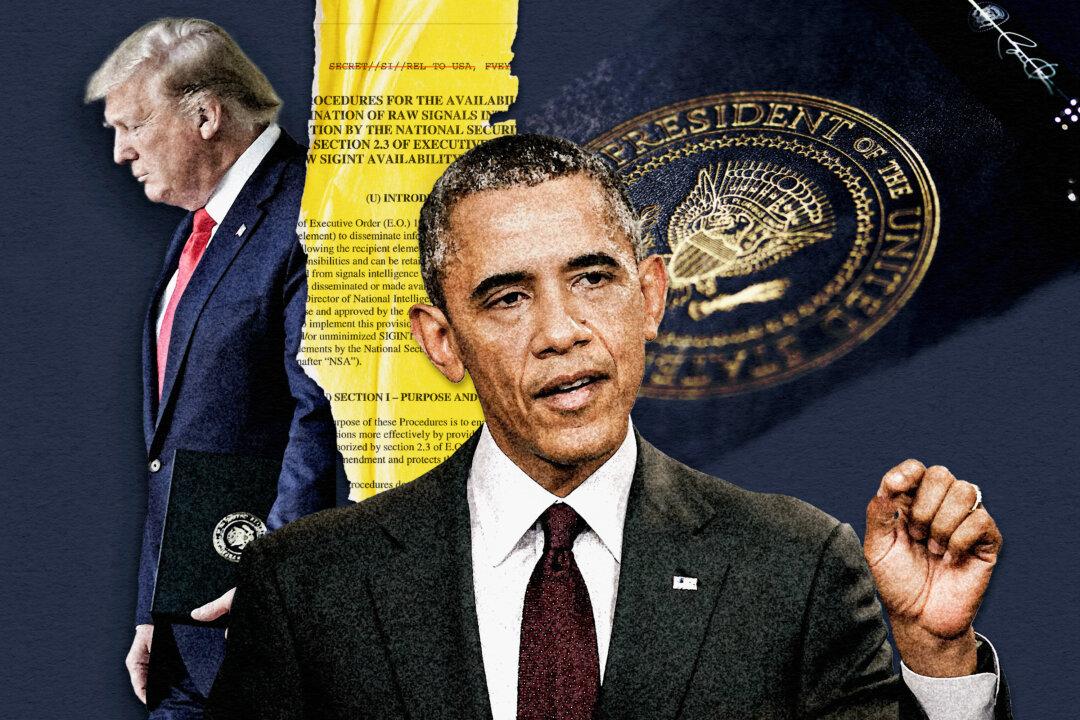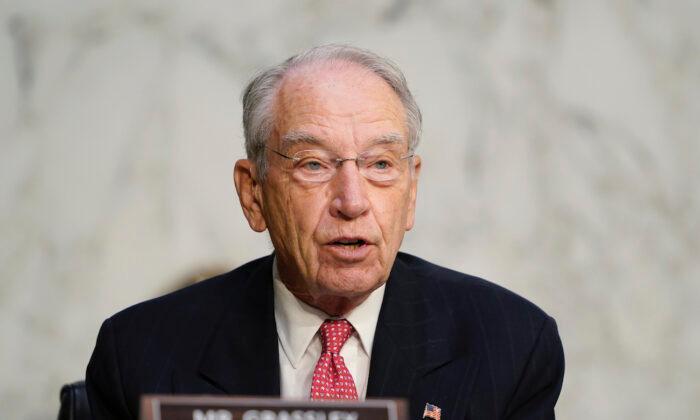In the wake of two recent mass shootings, calls for the enactment of red flag laws have risen exponentially. It’s perfectly understandable that so many want to do something, anything, to help prevent future tragedies such as the ones that took place in El Paso and Dayton.
But the blind enactment of red flag laws isn’t the appropriate response.
Red flag laws are effectively prevention laws that allow law enforcement and family members to petition a court to have an individual’s firearms temporarily confiscated if the person is believed to pose a danger to themselves or others.
The involuntary removal of weapons, usually done without notice, is generally for a set period of time—typically several days or weeks—until a more formal hearing can be held. At the formal hearing, the judge might rule that the ban is valid and extend the confiscation for a longer period of time, sometimes as long as a year. Or the judge might rule against the temporary order and allow the weapons to be returned to the owner.
Inverting Due Process
One of the troubling issues behind such laws is the intent to “catch” people before they actually commit a crime—based on a presumption that the individual “may” commit that crime in the future. In essence, red flag laws are “pre-crime” laws, which is why they are also known as prevention laws.And they invert our nation’s due process of “innocent until proven guilty” into something resembling “potentially guilty until proven innocent.” The intent behind red flag laws runs completely counter to the underpinnings of our legal system, which has been designed to impose punitive measures after illegal conduct has occurred, not in anticipation of it.
The idea that someone “might” be a danger, although tempting in the wake of these tragic shootings, doesn’t provide legal sufficiency to strip away an individual’s constitutional rights without the benefit of due process. Also worth asking is what, exactly, constitutes a red flag? And who gets to make that determination?
The issue of determination is a somewhat crucial question, as existing red flag laws are structured in a manner that incentivize seizure. A law enforcement officer or a presiding judge is unlikely to face any consequence for taking weapons away from someone who isn’t really a threat. But the potential public backlash from refusing to do so if something tragic was to happen would be fierce. There is an obvious inducement to err on the side of caution—even if it means a violation of that individual’s Constitutional rights.
Involuntary Commitment
In most cases, red flag laws have been invoked when the individual was deemed to be either a danger to themselves or to their immediate family and not because they were deemed to be posing a threat to a larger section of the populace. And there are several studies that indicate these methods have reduced suicide rates.But this raises the question of why, if a person represents a level of danger great enough to warrant the seizure of his weapons, is he allowed to remain active in society without treatment? If an individual is deemed to be so dangerous as to require the confiscation of his weapons, surely professional treatment and some sort of custodial setting should be required.
National Level
As it now stands, at least 17 states plus the District of Columbia have already enacted variants of red flag laws—known as Extreme Risk Protection Orders (ERPO). Most of these laws were enacted following the 2018 Parkland, Florida, shooting, although Connecticut, the first state to pass a red flag law, did so in 1999. Notably, Connecticut’s red flag laws didn’t prevent the 2012 Sandy Hook shooting tragedy from occurring.The act also requires that the issuance of the ERPO be reported to the “appropriate federal, state, and tribal databases.” Who would have access to these databases hasn’t yet been made clear, nor is it known if the listing would be permanent.
Constitutional Violations
Judge Andrew Napolitano, who was asked for his opinion of the Graham-Blumenthal legislation on Fox News, provided a direct and blunt response, noting, “Honest, decent, law-abiding people should not lose their rights because some judge thinks they might do something in the future. That’s the Soviet Union model, not the American.”Congress has long had a bad habit of enacting poorly written, responsive laws, and there is generally an inclination on the part of government to overreach. When enacted legislation and regulation fails, the nature of government is to follow up with additional laws and regulations. If the government is allowed to seize guns based on the possibility of a future crime, how long before the seizure is of one’s liberty?
Laws that deter future crimes are obviously a positive step. But laws that punish a potential future crime are not. It’s for this reason, along with a lack of due process, that many red flag laws are viewed as unconstitutional. Depending on how the law is written, there may be violations of several different constitutional amendments.
The Fifth and Fourteenth Amendments of our Constitution mandate that no citizen shall “be deprived of life, liberty, or property, without due process of law.” When individuals have their firearms confiscated in advance of a judicial hearing, both amendments are violated, and the individual’s Second Amendment right has been effectively converted into a privilege.
NRA Requirements
The NRA has written repeatedly on emergency risk protection orders (ERPOs) and has listed a series of requirements they believe should be present in any ERPO legislation in order to protect individual rights:The process should include criminal penalties for those who bring false or frivolous charges.
An order should only be granted when a judge makes the determination, by clear and convincing evidence, that the person poses a significant risk of danger to themselves or others.
The process should require the judge to make a determination of whether the person meets the state standard for involuntary commitment. Where the standard for involuntary commitment is met, this should be the course of action taken.
If an ERPO is granted, the person should receive community-based mental health treatment as a condition of the ERPO.
Any ex parte proceeding should include admitting the individual for treatment.
A person’s Second Amendment rights should only be temporarily deprived after a hearing before a judge, in which the person has notice of the hearing and is given an opportunity to offer evidence on his or her behalf.
There should be a mechanism in place for the return of firearms upon termination of an ERPO, when a person is ordered to relinquish their firearms as a condition of the order.
The ERPO process should allow an individual to challenge or terminate the order, with full due process protections in place.
Balanced Response
The recent tragedies are horrific and it’s understandable that our society would require some sort of response. But this shouldn’t come at the expense of our civil liberties and in a manner that violates our constitutional rights. Nor should the underlying issue of mental health and requisite care be overlooked.As Congress and the states continue their debate, these qualifying measures listed above should receive serious discussion and inclusion in any pending legislation.







